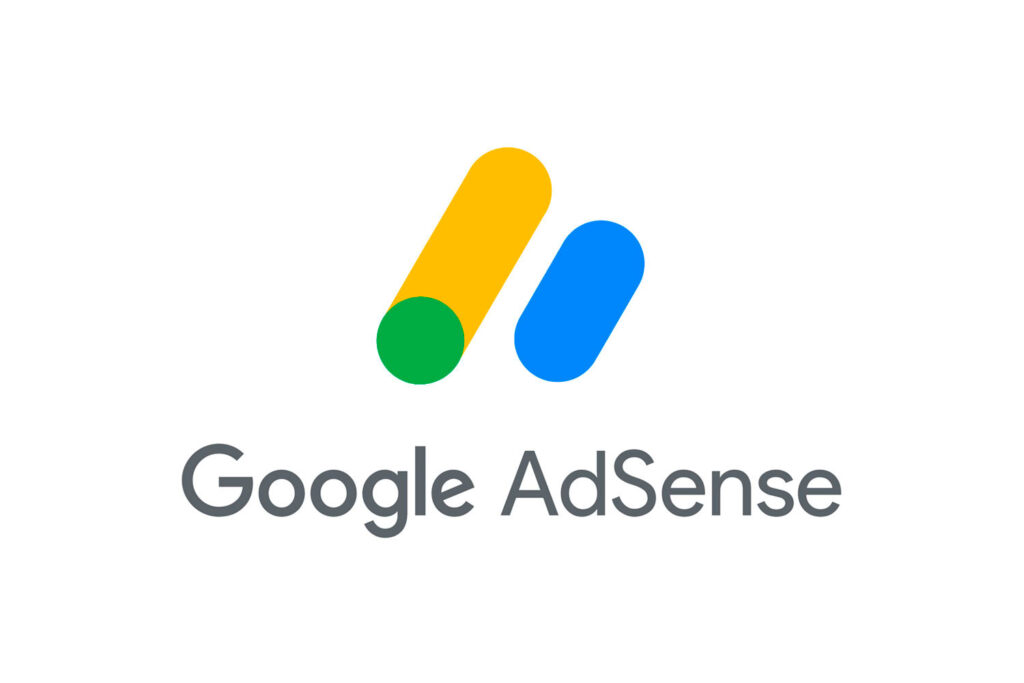
Google AdSense is an advertising program run by Google that allows website owners and publishers to monetize their online content. Here’s how it works:
- Ad Placement: Publishers sign up for the AdSense program and integrate a small piece of code provided by Google into their website. This code generates ad units.
- Contextual Targeting: Google’s algorithms analyze the content of the web page where the ad code is placed. Ads are then dynamically matched to the content based on keywords, relevance, and user behavior.
- Auction System: Advertisers bid for ad space in a real-time auction. The highest bidder’s ad is then displayed on the publisher’s website.
- Various Ad Formats: AdSense supports various ad formats, including display ads, text ads, link units, and responsive ad units that automatically adjust to different screen sizes.
- Revenue Share Model: Publishers earn money through a revenue-sharing model. Advertisers pay Google, and Google pays a portion of that revenue to the publishers. The exact revenue share depends on various factors, but generally, publishers receive a significant portion of the ad revenue.
- Cost-Per-Click (CPC) or Cost-Per-Thousand-Impressions (CPM): Advertisers can choose to pay either when users click on the ad (CPC) or when the ad is displayed 1,000 times (CPM). Publishers earn revenue based on user clicks (CPC) or impressions (CPM), depending on the advertiser’s preference.
- Payment: Google AdSense pays out earnings on a monthly basis. Once a publisher reaches a minimum threshold (usually $100), they can receive payments via methods such as direct bank transfer or checks.
- Performance Tracking: AdSense provides detailed reports and analytics, allowing publishers to track the performance of their ads. This includes information on clicks, impressions, click-through rates, and earnings.
By participating in the AdSense program, publishers can generate income from their online content without having to actively manage and sell ad space. It’s a convenient way for content creators to focus on creating valuable material while letting Google handle the ad-matching and revenue collection processes.
Recommended Google AdSense Best Practices
To maximize your earnings with Google AdSense and optimize the performance of your ads, consider the following best practices:
- Ad Placement:
- Place ads near the main content and ensure they are visible to visitors.
- Experiment with different ad placements to find the most effective ones.
- Consider using responsive ad units that adapt to various screen sizes.
- Ad Formats:
- Use a variety of ad formats (display ads, link units, and text ads) to see what works best for your audience.
- Choose ad sizes that fit well within your content and design.
- Content Relevance:
- Create high-quality, relevant content that attracts your target audience.
- Ensure that ad placements are contextually relevant to the content on the page.
- Ad Customization:
- Customize the look and feel of your ads to match the overall design of your website.
- Experiment with different ad styles, colors, and fonts to find what blends well with your site.
- Ad Blocking:
- Monitor and address ad-blocking issues on your website to ensure that ads are being displayed to all users.
- Mobile Optimization:
- Optimize your website for mobile devices, as a significant portion of internet users access content on smartphones and tablets.
- Use responsive ad units to ensure ads display well on different screen sizes.
- Page Speed:
- Improve your website’s loading speed, as faster-loading pages enhance user experience and ad viewability.
- Quality Traffic:
- Attract high-quality, organic traffic to your website, as this is more likely to engage with ads.
- Avoid using strategies that artificially inflate traffic or encourage click fraud.
- Compliance with AdSense Policies:
- Familiarize yourself with and adhere to Google AdSense policies to avoid violations that could result in account suspension.
- Regularly review the AdSense Program Policies and stay informed about any updates.
- Experiment and Test:
- A/B test different ad units, placements, and formats to identify the most effective combinations.
- Monitor performance metrics and adjust your strategy based on the results.
- Use Channels and Custom Channels:
- Organize your ad units using channels to track performance across different sections of your website.
- Use custom channels to categorize and analyze the performance of specific ad units.
- Optimize Ad Load Times:
- Consider lazy loading for ads to improve page load times, especially for users who might not scroll through the entire page.
By implementing these best practices, you can enhance the user experience on your website, increase the effectiveness of your ads, and ultimately maximize your earnings with Google AdSense. Regular monitoring and adjustments based on performance data will help you refine your strategy over time.